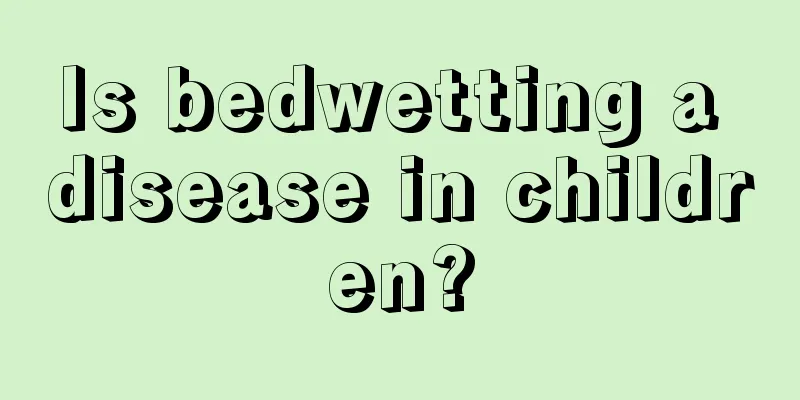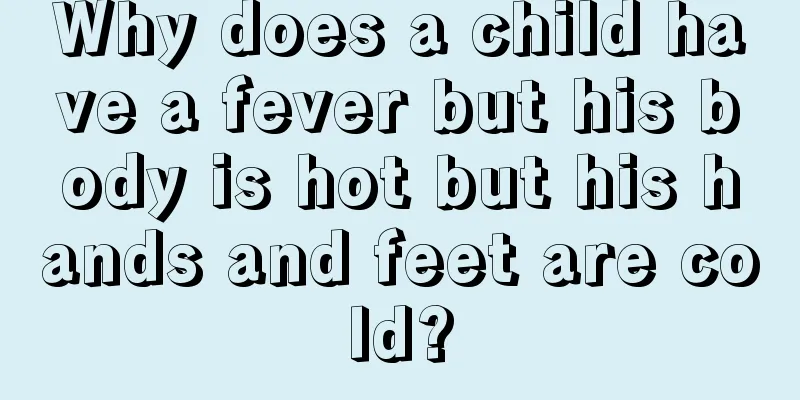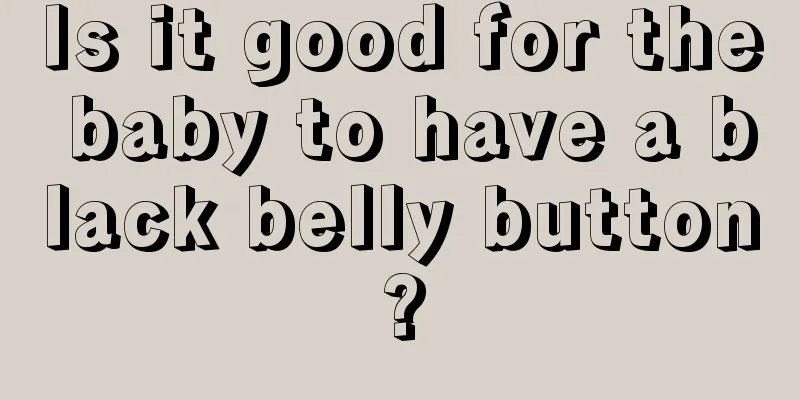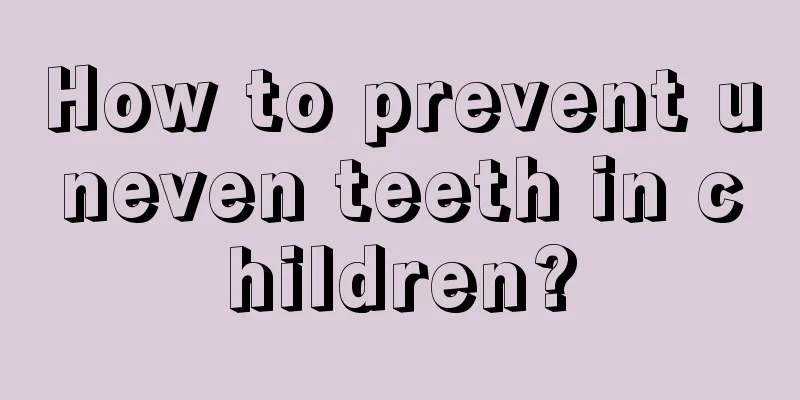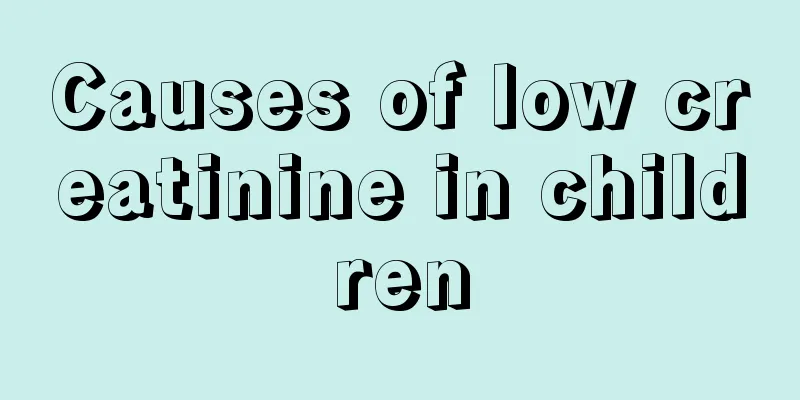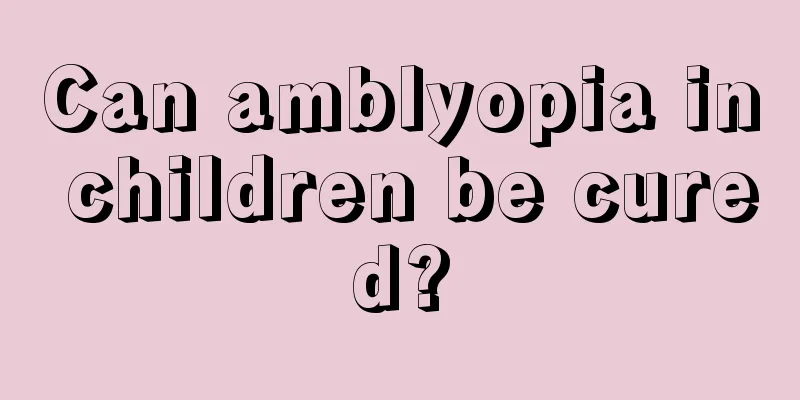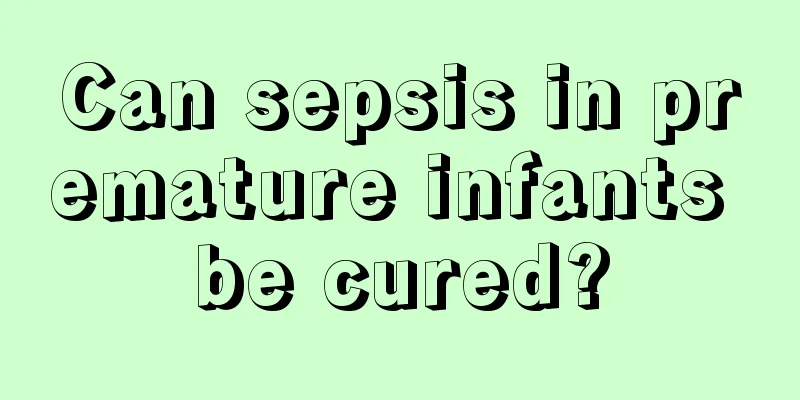Child has goose bumps due to fever
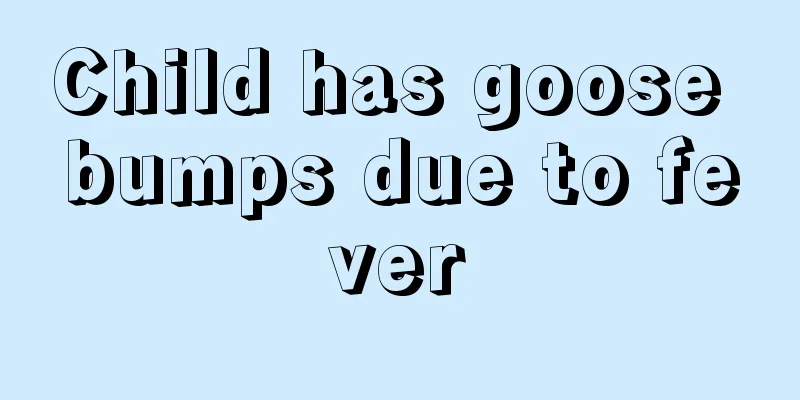
|
When adults have a fever, they will feel chills, headaches, fatigue and other discomforts. Children will feel even more uncomfortable when they have a fever. Some parents will find that their children sometimes get goose bumps when they have a fever. In fact, this is basically a normal reaction of children who feel cold when they have a fever. So what should parents do when their children have a fever, how can they relieve the discomfort caused by a fever, and what are the specific causes of children's fever?
If your baby has goose bumps when he has a fever, it means he is feeling cold. At this time, you can let your child drink more water and take cold or anti-inflammatory medicines in time. 2. What to do if your baby has a fever 1. Wear less clothes to allow your child to dissipate heat. The traditional idea is that when a child has a fever, he or she should be wrapped tightly with clothes and quilts to "force" the sweat out. In fact, this is wrong. When children have a fever, they will shiver and parents may think that their children have chills, but in fact, this is because their increased body temperature causes convulsions.
Cold wet compress on the head: Soak a soft towel in 20℃-30℃ cold water, squeeze it slightly to prevent dripping, fold it and place it on the forehead, change it every 3-5 minutes. Head ice pillow: fill the ice bag half full with small ice cubes and a small amount of water, expel the air from the bag, press the bag tightly, and place it on the pillow after there is no water leakage. Wipe with warm water or take a warm bath: Wipe the child's head, armpits, limbs with a warm, wet towel or take a warm bath, scrub the skin more often to promote heat dissipation. Alcohol rub bath: suitable for cooling down high fever. Prepare 200-300 ml of 20%-35% alcohol and use it to rub the limbs and back. 3. Drink plenty of water and don’t take any medicine casually. When the fever is high, breathing speeds up and sweating causes the body to lose a lot of water, so parents should give their children plenty of water when they have a fever, increase urine volume, and promote the excretion of toxins in the body.
1. Children's body temperature is affected by the external environment, such as wearing too many clothes when it is hot, drinking too little water, and poor ventilation in the room. 2. Sickness, cold, tracheitis, sore throat or other diseases. 3. Such as preventive injections, including measles, cholera, diphtheria, pertussis, tetanus and other reactions. If children suddenly have a high fever, special attention should be paid to the occurrence of infectious diseases and they should go to the hospital for diagnosis in time. The three most common infectious diseases are: 1. Epidemic encephalitis Japanese. One of the most dangerous infectious diseases in summer, the pathogen is a neurotropic virus that is transmitted through mosquito bites and blood sucking, mostly to children under 10 years old. 2. Acute toxic bacillary dysentery. Bacillary dysentery is the most common intestinal infectious disease in summer. The pathogen is Shigella dysenteriae, and the main symptoms are fever, abdominal pain, diarrhea, and bloody stools. There is a type of bacillary dysentery called toxic bacillary dysentery, which is more common in children aged 2 to 7 years old. 3. Typhoid fever. It is an acute intestinal infectious disease caused by Salmonella typhi, which often causes local epidemics due to water pollution. The main symptoms of typhoid fever include persistent high fever, apathetic expression, slow reaction, as well as hepatosplenomegaly, roseola on the skin, abdominal distension and diarrhea. In summer and autumn, if the symptoms persist for more than 2 weeks, children should ask a doctor to check in detail to see if it is caused by typhoid fever. |
<<: What are the symptoms of a child's crooked neck?
>>: What are the early symptoms of cerebral palsy in children?
Recommend
How long does it take for a baby to recover from viral diarrhea?
Baby's viral diarrhea is caused by inflammati...
What to do if your child is developing late
All parents hope that their children can grow up ...
My 7-year-old daughter has secretions in her underwear
Girls must pay special attention to vaginal hygie...
Children's safety education
For children, as long as they can play with it, t...
Why does the child twitch all over when sleeping?
Children are the most important relatives of us p...
Is it harmful for girls to be weaned late?
We all know that breastfed children have high res...
What to do if your baby is born two months premature
If a baby is born two months prematurely, it will...
What should I do if I have ADHD?
Children suffering from ADHD bring great troubles...
What to do if bone development is slow
Nowadays, everyone pays more attention to the hea...
Why are baby's eyes red?
Because babies need careful care from their paren...
Symptoms of intrauterine pneumonia in small newborns
The weight of newborns is relatively small, which...
How many deciduous teeth should be replaced?
Everyone must have experienced tooth replacement....
How many times a day does an eight month old baby urinate
For newborns, because their organs are not fully ...
Why does my child have a bad taste in his mouth?
Bad breath is a disease of the oral cavity, and t...
Symptoms of capillary hemangioma in babies
Hemangioma is a very common disease, which has a ...
